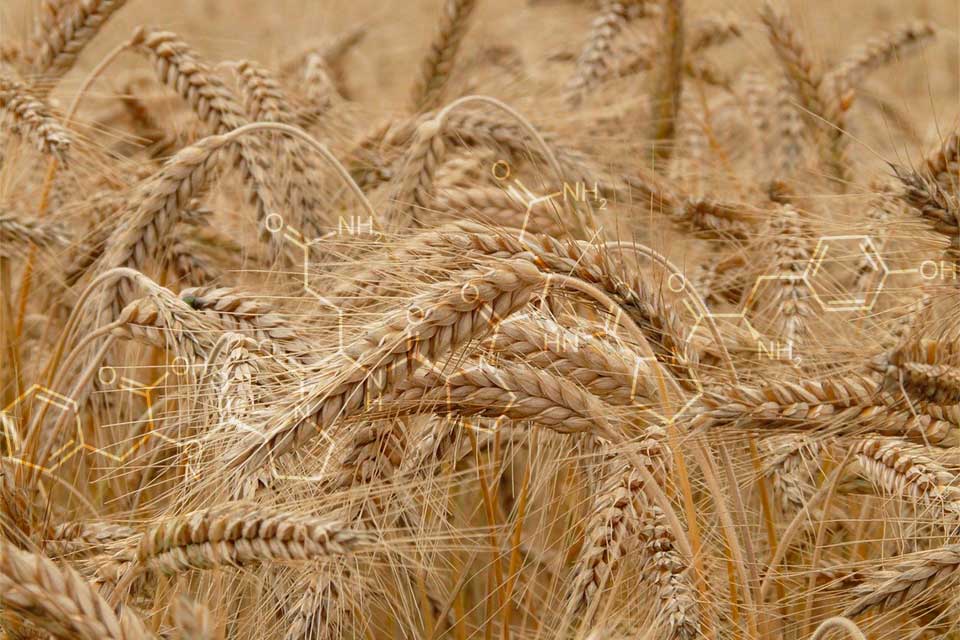Gluteomorphin

Do you know the feeling after a meal, when you are full, but not nourished? Your stomach is full, but you still have appetite for more?
Can you imagine your meals without foods made from flour? Do you feel addicted to pizza or other foods containing gluten?
Why do we keep on eating bread and pasta—foods containing so little nutrition, and so hard on the digestive system.
What are gluteomorphins
Gluteomorphins—also called gluten exorphins or gliadorphins—are opioid peptides formed during digestion of gluten. They are therefore mostly found in gluten grains (mainly wheat, barley, and rye) which are used to produce: bread and other “baked goods” like bread rolls, cookies, pies, waffles, pancakes, breadsticks, pretzels, crackers, as well as pasta. Gluteomorphins may also be found in couscous, kamut, bulgur, oats, seitan, some cereals but also in seasonings and spice mixes, salad dressings, malt vinegar, condiments, dips, sauces, and ready meals, soups, pizzas, etc.
Gluteomorphins—just like other opioids, such as morphine—are affecting the opioid receptors in the brain, and create the feeling of euphoria. They can also be very sedating and very addictive. Removing gluten from the diet can lead to symptoms, similar to drug-withdrawal symptoms.
Foods containing gluteomorphins (and casomorphins) can damage the lining of intestinal tract (leaky gut syndrome), and hinder the absorption of nutrients. These foods are a major contributor to IBS (Irritable Bowel Syndrome), thyroid dysfunction, fibromyalgia, neuropathy, arthritis, depression, chronic fatigue, (asymptomatic) celiac disease.
Opioids in food are also the biggest contributing factor to post-meal drowsiness (“food coma” = digestive leukocytosis).
No wonder pizza is so addictive! It contains gluteomorphins as well as casomorphins which both play a major role in food addiction.
